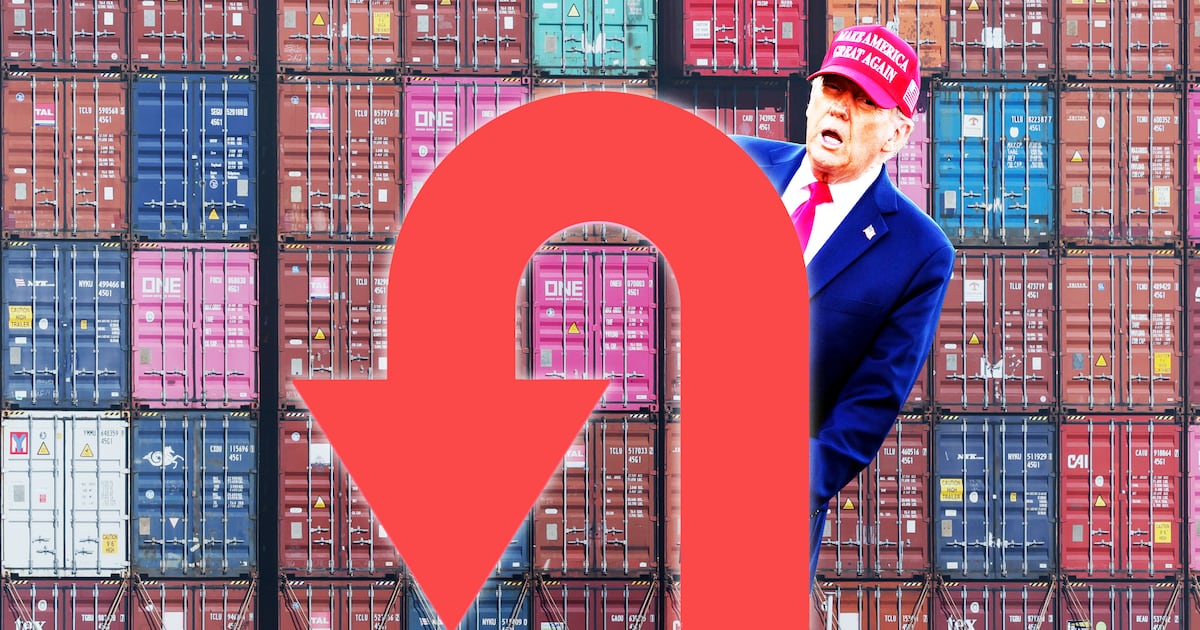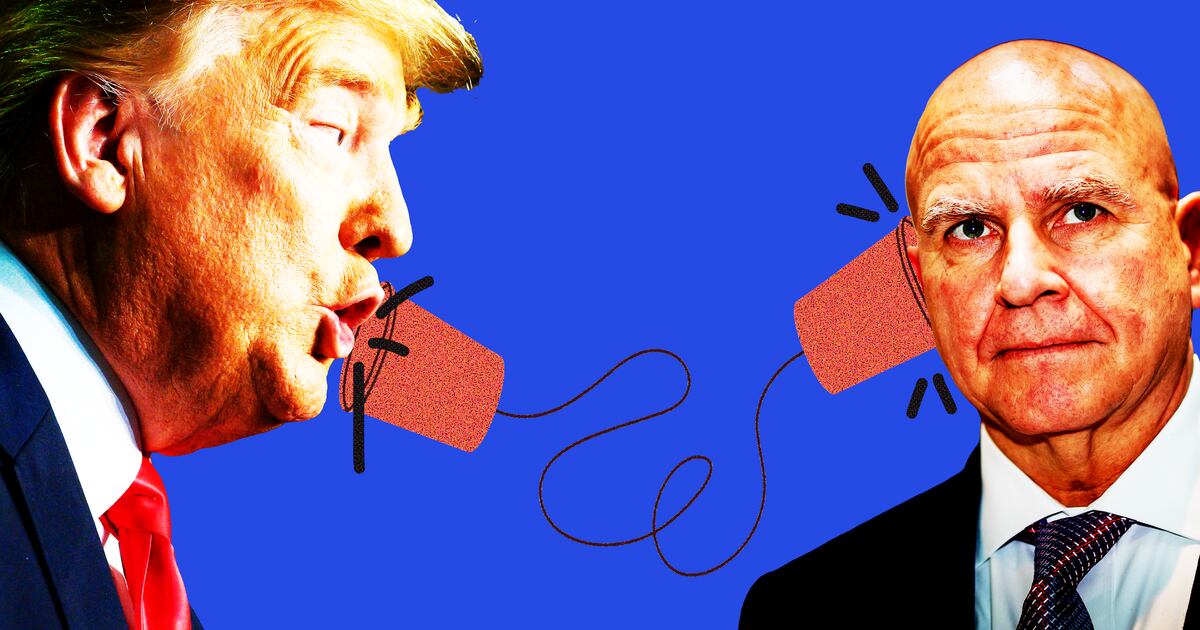Nintendo wants to sell you Mario Kart 8 again. The game remains one of the best titles ever released for the Wii U and was also their most effective foray into downloadable content (DLC) yet. But this new version, known as Mario Kart 8 Deluxe, is different, serving as one of the early titles for Nintendo’s newest console, the Switch.
At first glance, the repackaging of an old game for a new console feels like a bit of a cheat. Sure, it’s got extra characters and modes, but this isn’t Mario Kart 9. However, it’s actually a perfect representation of what Nintendo has made: In more ways than one, the Switch is the Wii U Deluxe.
The Wii U’s gimmick was the 6.2-inch touchscreen in the center of its controller. This could be used either for new experiences in a game or for off-TV play, depending on the title. Sometimes it was used to great effect; most of the time it wasn’t. The screen itself wasn’t very good. An iPad competitor, it was not. The Switch changes things up. Rather than a box that transmits information to your screen, the console is the screen. The Switch is, at its core, a tablet that you can hook up to your television by means of an included docking station. The tablet simply slides into the dock, and it’s instantly up there on the big screen. It’s a neat trick, one that makes the console genuinely unique.
When Nintendo finally unveiled the Switch, it began by listing many of Nintendo’s accomplishments and significant additions to the world of gaming hardware and control systems: from the inclusion of multiple controllers with the original NES to the Wii U’s screen. They said that the Switch was a culmination of all of these things, and they were right. This is the system that Nintendo has been working towards for the entirety of the 21st century.
Mario Kart 8 Deluxe can be played in a number of ways. Obviously, it can be played on the TV, using either a Switch Pro Controller or the Joy-Con controllers that are included with the system. The Joy-Con are interesting, each essentially half of a full controller that can also be an entire controller for simpler games. Each Joy-Con slides via a rail system onto the side of the Switch, turning it into a tablet with proper controls, not unlike the Wii U gamepad. But the Joy-Con can be used independently of the system, either held separately (allowing you to put your arms in all kinds of weird positions, which feels oddly freeing) or placed into an included grip for a more familiar feel.
The real magic happens when you pull the system out of its dock. On its own, the Switch is certainly the most powerful handheld console out there. It doesn’t have the power of, say, an iPad Pro, but it’s not priced like one either, and it certainly has a better control system than Apple’s tablet… or any other tablet. The genuine portability of the Switch is easily one of its most compelling features, and Nintendo is making extra docking stations available for those who want to bring one Switch from place to place. It’s a neat idea, and it’s a whole lot easier than fiddling with cables galore each time you want to play something big. (Nintendo claims that the Switch will not be a replacement for the 3DS the way it’s replacing the Wii U… but I’m not convinced.)
Though Nintendo plans to begin charging for its online services, their latest console has really been built around good, old fashioned local play. Mario Kart 8 Deluxe is an excellent example of that. Eight Switches in close proximity can be wirelessly linked together for multi-player matches. I was personally able to experience four but have seen all eight in action, and it’s awesome. Sitting all together, each with their own screen to focus on, might not be quite like the Split Screen of yore (though that’s also an option), but it’s got an energy to it that online games simply don’t. Admittedly, it may be hard to put together a group of that size, but the system's simplicity makes it far more likely that you’ll see these sorts of gatherings pop up than, say, a big old LAN party.
But even if your friends don’t have Switches, you can get at least one person in on the action without needing to buy any extra peripherals (or even a TV). Built into the back of the Switch is a kickstand, allowing you to prop up the console on anything from a table to an airplane tray. Take one Joy-Con and pass off the second, and you can play split-screen wherever you are. I’ll be honest: this is not the ideal way to play any Switch game. The Joy-Con’s design is clearly intended for vertical use, and so the ergonomics of playing horizontally are less than stellar, but it’s also not terrible. For some fast races with a friend, it’s a fine method. And the fact that you can do it at all is pretty darn cool.
Because this is Nintendo post-2005, Mario Kart 8 Deluxe also features motion controls, allowing you to turn your Joy-Con in some vague approximation of a steering wheel. This feature, which has been around in the last couple incarnations of the franchise, has always been a cute addition rather than a vital component of play, but the continued use of motion in the Switch has led to a bit of consternation for some. These fears are unfounded, in large part because the Joy-Con’s motion-tracking capabilities are by far the best of any Nintendo device.
Case in point: At the same event where I got to play Mario Kart 8 Deluxe was a new 3D fighting game called ARMS. ARMS is basically a fleshed-out version of the game that everyone wanted Wii Boxing to be back in 2005, a game that actually takes into account your motion and uses motion for genuine strategy. Where Wii Boxing was a waggle fest, ARMS requires careful use. If you just throw wild punches, you’re going to get taken out—and fast. Instead, you have to carefully time your movements, and when you twist your fist, your virtual punch hooks with you. When I first saw it, I’ll admit to being fairly skeptical, but actually getting my hands on it reminded me of that slogan Nintendo sometimes used for the Wii: “Playing is believing.”
The same was true for 1, 2, Switch, a party game that is basically the Switch’s Wii Sports/Nintendo Land, despite not being packed in with the system (not cool). In its minigames, two people stand together, each holding a Joy-Con. They don’t look at the screen, because the screen doesn’t tell them much; they look at each other. This is kind of uncomfortable, honestly, but it’s also really quite cool. It shows that Nintendo still hasn’t run out of ideas. It also shows that they’re not backing down on some of their more controversial design decisions. They’re taking what they’ve done before and working to improve it until it’s just right.
Which brings us back to Mario Kart 8 Deluxe, because it’s a perfect title for just such a console. It’s not a wholly new idea, simply a refinement of what has come before. It can do more things in more ways, but it’s evolution rather than revolution. And, perhaps most importantly, I want it in my life as soon as humanly possible.





